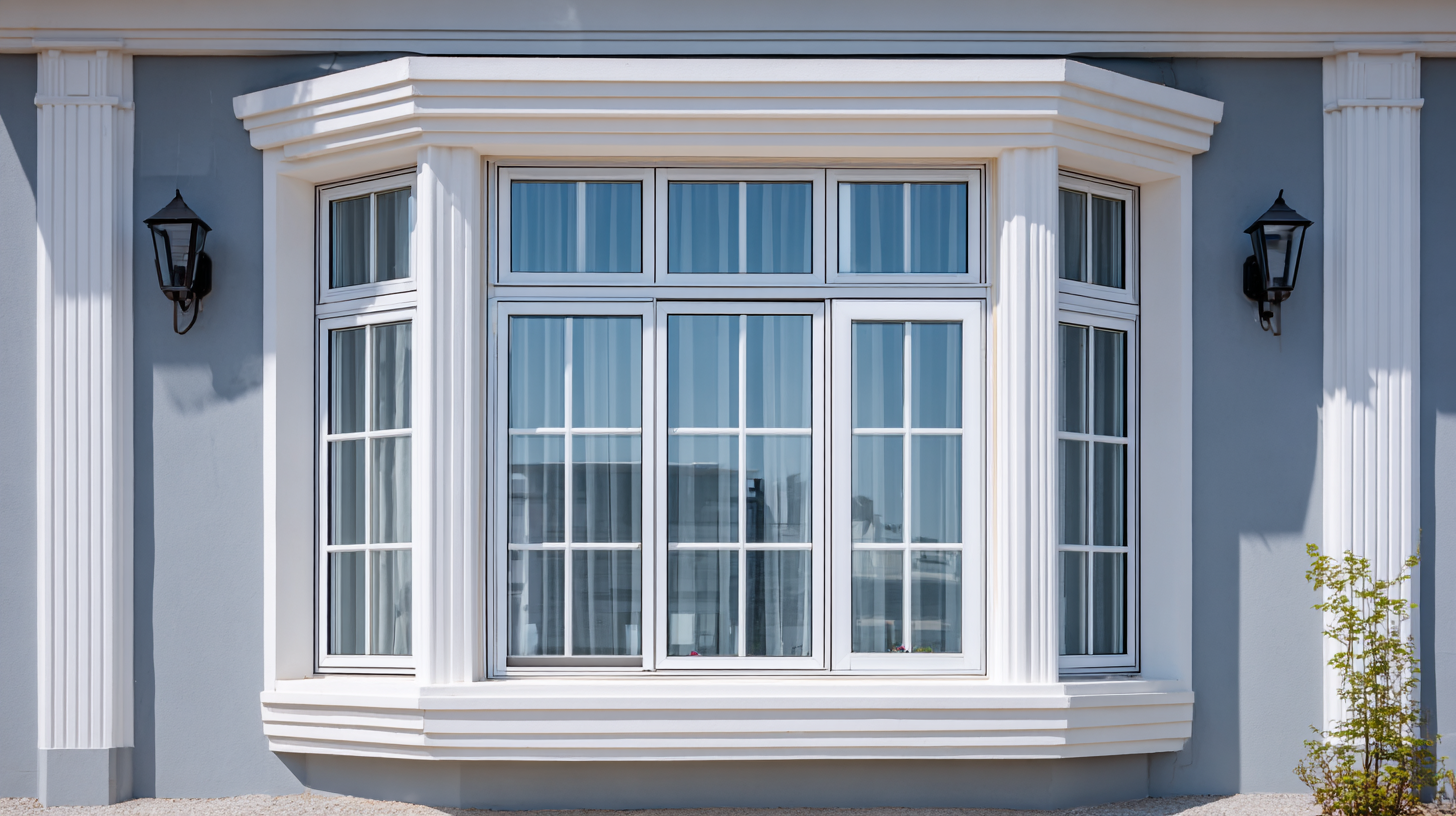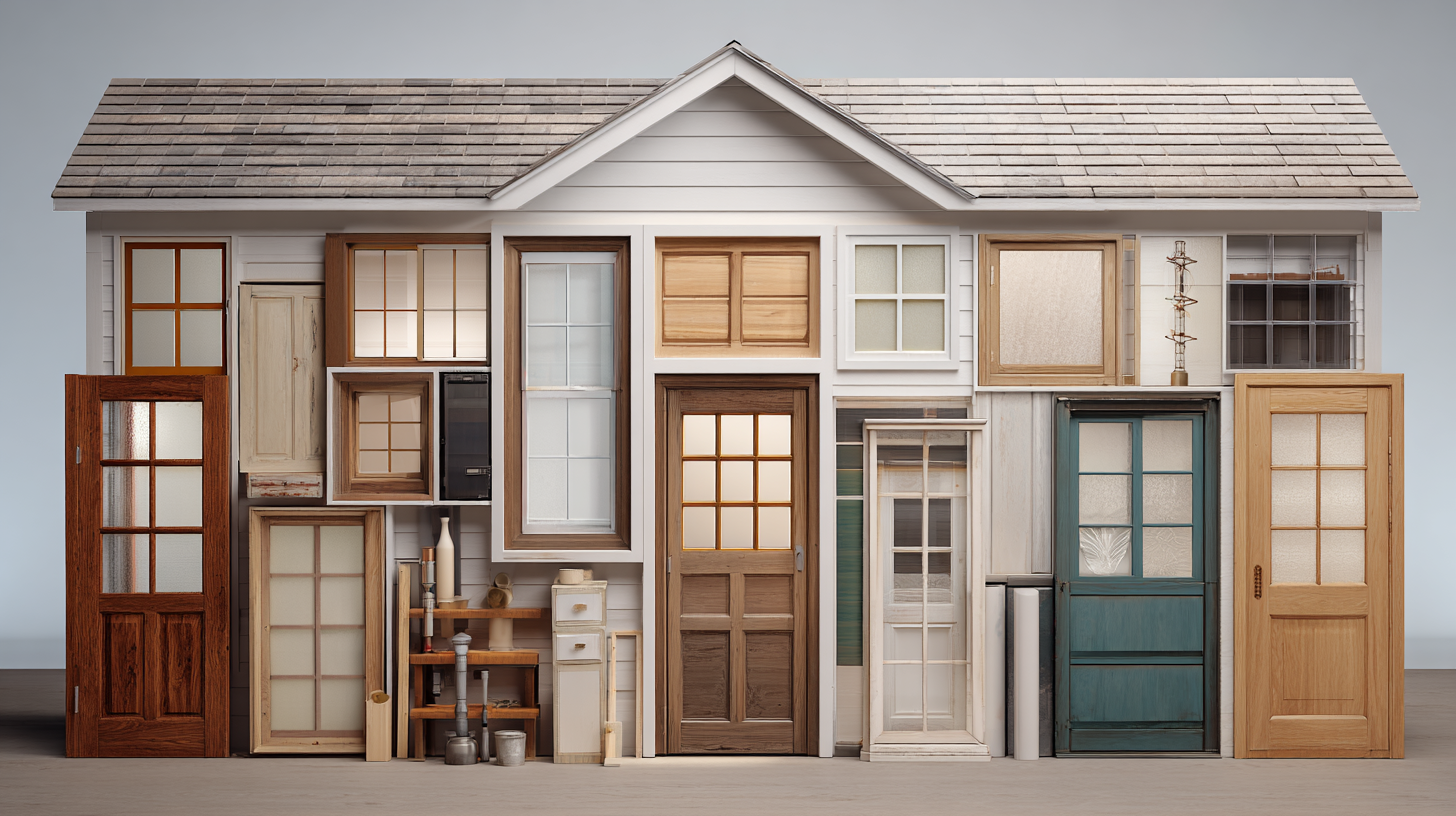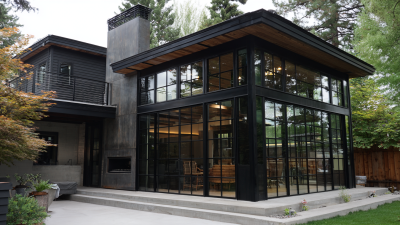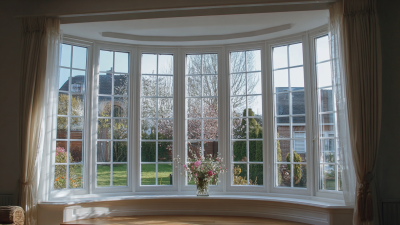In the quest for a more energy-efficient home, one of the most impactful changes you can make is to upgrade your house windows and doors. These elements not only influence the aesthetics of your living space but also play a crucial role in regulating temperature and energy consumption. Choosing the right windows and doors can lead to significant savings on utility bills, enhance the comfort of your home, and reduce your carbon footprint. With a myriad of options available on the market, from energy-efficient glazing to materials that offer superior insulation, navigating this selection can be daunting. This guide aims to simplify the decision-making process by providing essential tips and insights into what to look for when selecting energy-efficient house windows and doors, ensuring that you make informed choices that can benefit both your home and the environment.

When choosing energy-efficient windows and doors, understanding energy efficiency ratings is essential for making informed decisions. The National Fenestration Rating Council (NFRC) provides valuable information through labels that indicate a product's energy performance. Key metrics include U-factor, solar heat gain coefficient (SHGC), and visible transmittance (VT). The U-factor measures the rate of heat transfer, with lower values indicating better insulation. According to the U.S. Department of Energy, replacing single-pane windows with double-pane models can reduce energy bills by up to $25%.
In addition to U-factor, SHGC gauges how much solar radiation is admitted through windows or doors. A lower SHGC is more beneficial in hot climates as it reduces cooling loads, while a higher SHGC can be advantageous in colder areas, maximizing passive solar heating. The Energy Star program also endorses products that meet stringent energy efficiency criteria, providing consumers with a reliable benchmark for eco-friendly selections. For instance, Energy Star-qualified windows can be up to 40% more energy efficient compared to non-qualified models, further highlighting the significance of these ratings in energy-conscious home improvements.

When choosing energy-efficient windows and doors, the materials used in their construction play a vital role in overall performance. Common materials include vinyl, fiberglass, and wood. According to the U.S. Department of Energy, vinyl windows account for about 60% of the residential window market due to their excellent thermal insulation properties and durability. Notably, they are effective in minimizing heat transfer, helping homeowners save an average of $126 to $465 annually on energy bills, depending on their location.
Fiberglass is another popular choice, known for its strength and energy efficiency. Energy Star-certified fiberglass windows can reduce energy loss by up to 30%. The National Glass Association reports that this material is not only resistant to warping but also has low thermal expansion, making it an excellent choice for climates with significant temperature fluctuations. Furthermore, wood remains a classic option, providing aesthetic appeal alongside good insulation when treated correctly. However, it requires more maintenance than synthetic materials, affecting long-term energy savings. Selecting the right material is crucial for maximizing energy efficiency and minimizing costs in the long run.
When choosing energy-efficient windows and doors, several key features should be considered to maximize energy savings and comfort in the home. First and foremost, look for products with ENERGY STAR certification, which ensures they meet strict energy efficiency guidelines. An overwhelming majority of home buyers find these features essential or desirable, recognizing the long-term benefits they provide in reducing energy costs.
Additionally, opting for triple-pane insulating glass can significantly improve thermal performance, keeping your home cool during the summer and warm in winter. Low-E insulating glass is another important feature, as it minimizes heat transfer while allowing natural light to enter.
Another consideration is the structural aspects of windows and doors, such as window grills, which not only enhance security but also contribute to the aesthetic appeal of your home. As energy efficiency continues to be a critical focus in construction, the incorporation of modern designs into retrofitting projects can result in substantial energy savings. Furthermore, homeowners should keep an eye on the latest trends and innovations in the market, such as smart window technology, to ensure they are investing in products that align with future sustainability goals while taking advantage of available federal tax credits to ease the installation costs.
Proper installation of energy-efficient windows and doors is critical to maximizing their effectiveness in reducing energy consumption. According to the Department of Energy, approximately 30% of a home's heating and cooling energy is lost through inefficient windows and doors. Even the most advanced energy-efficient models can underperform if they are not installed correctly. Factors such as air leaks, improper sealing, and misaligned frames can negate the potential savings of these investments.
Additionally, a report by the American Society of Heating, Refrigerating and Air-Conditioning Engineers (ASHRAE) estimates that an expertly installed window can enhance energy performance by up to 50% compared to a poorly installed one. Proper installation techniques, including weatherstripping, caulking, and ensuring an airtight fit, can significantly contribute to a home's overall energy efficiency. By prioritizing installation quality and adhering to manufacturer guidelines, homeowners can ensure that their windows and doors perform as intended, leading not only to lower energy bills but also to a reduced environmental impact.
 When considering the installation of energy-efficient windows and doors, a thorough cost-benefit analysis is essential for making an informed decision. While the initial investment may be higher than standard options, energy-efficient alternatives can significantly lower utility bills over time. Homeowners should consider the long-term savings on heating and cooling costs, which can often offset the upfront expense within a few years. Additionally, many energy-efficient products come with tax incentives or rebates that can further improve their financial viability.
When considering the installation of energy-efficient windows and doors, a thorough cost-benefit analysis is essential for making an informed decision. While the initial investment may be higher than standard options, energy-efficient alternatives can significantly lower utility bills over time. Homeowners should consider the long-term savings on heating and cooling costs, which can often offset the upfront expense within a few years. Additionally, many energy-efficient products come with tax incentives or rebates that can further improve their financial viability.
Tips: When comparing options, look for windows and doors with high Energy Star ratings. Calculate the expected energy savings based on your local climate and energy costs to gauge potential savings accurately. Investing in quality installation ensures that the units perform optimally, preventing heat loss or gain that could undermine their energy-saving benefits.
Incorporating energy-efficient windows and doors can also enhance your home’s resale value. Prospective buyers are increasingly drawn to homes that promise lower energy costs and improved comfort. Therefore, investing in these upgrades not only benefits current homeowners but can also make a property more attractive in the competitive real estate market. Keep in mind the visual appeal and durability of the materials, as these factors contribute to a home’s overall energy efficiency and aesthetic appeal.







© 2025 RWC. All Rights Reserved. | Privacy Policy | Contractor’s License Number: 13VH00710200 | Sitemap | Areas Served
